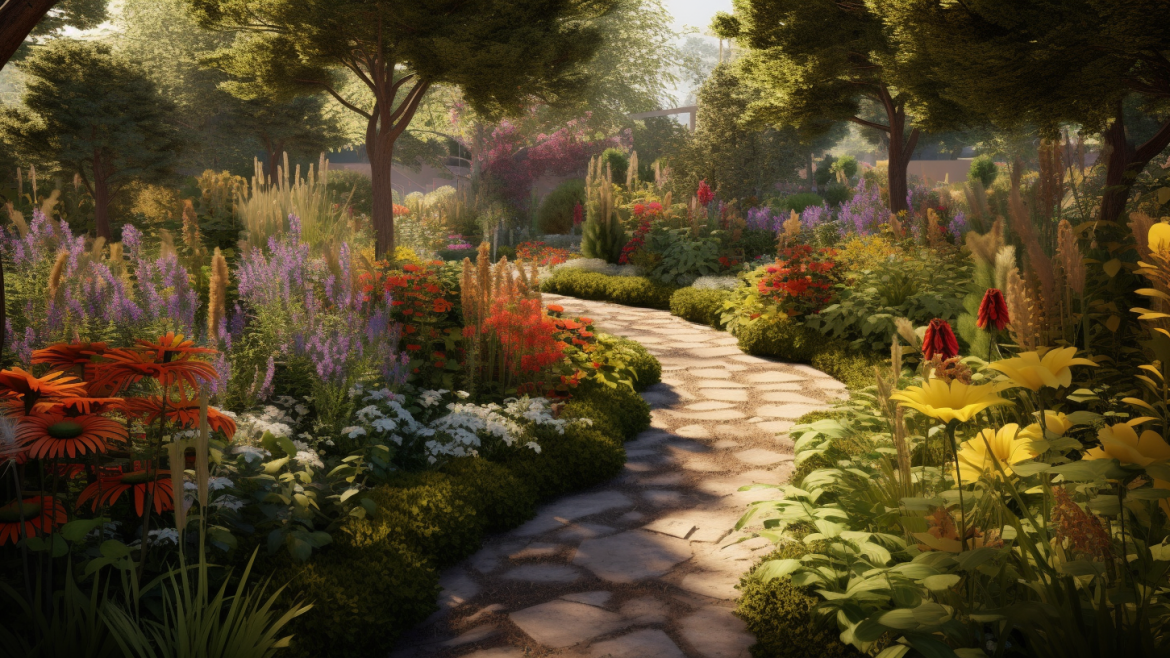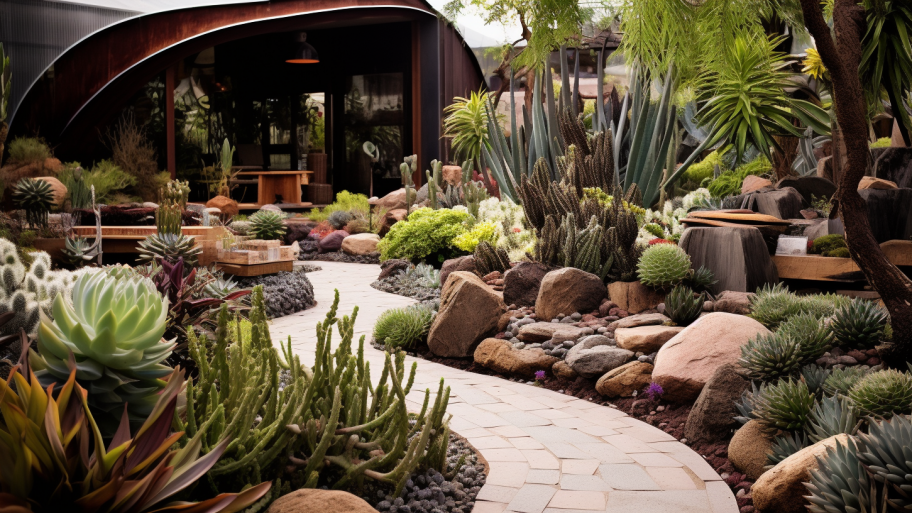There’s something truly magical about watching the passage of time unfold in a garden that’s been designed to capture the essence of the seasons. A phenology garden is an enchanting way to observe and appreciate the intricate symphony of life as it progresses throughout the year. In this article, we’ll guide you through the process of designing your very own phenology garden, offering tips and insights to help you create a living calendar that showcases the beauty and wonder of nature’s clock.
Selecting the Right Plants
The key to a successful phenology garden lies in choosing plant species that offer a diverse range of phenophases throughout the year. By selecting plants that bloom, leaf out, or bear fruit at different times, you can create a dynamic garden that reveals the intricate workings of the seasons.
When selecting plants, it’s important to consider not only their individual phenophases but also how they interact with one another within the garden. Aim for a mix of early, mid, and late-season bloomers, as well as plants that exhibit different life cycles, such as annuals, perennials, and biennials. By doing so, you’ll ensure that your garden remains a captivating and ever-changing showcase of nature’s clock.
Incorporating Wildlife Habitats
A well-designed phenology garden is more than just a collection of plants; it’s a living ecosystem that attracts and supports a diverse array of wildlife. Birds, butterflies, bees, and other pollinators are all integral players in the symphony of life, and by providing them with the resources they need to thrive, you’ll create a garden that truly comes alive.
Incorporate a variety of plants that provide food and shelter for wildlife, such as native flowers that attract pollinators, berry-producing shrubs that offer sustenance for birds, and trees with cavities for nesting. Water features, such as bird baths or small ponds, can also help to support a diverse array of creatures, adding another layer of life and activity to your phenology garden.
Monitoring and Recording Observations
Once your phenology garden is established, the real magic begins. As the seasons unfold, take the time to observe and record the various phenophases that occur within your garden. This can be done through journaling, photography, or even sketches, capturing the subtle shifts and transformations that take place throughout the year.
By maintaining a detailed record of your observations, you’ll not only deepen your own understanding of phenology but also contribute valuable data to the scientific community. Phenology gardens can serve as powerful tools for understanding the impacts of climate change on ecosystems, and your observations can help researchers track and analyze these effects over time.
As you immerse yourself in the intricate symphony of your phenology garden, you may find yourself inspired to take your observations to the next level. Our final article in this series, “Becoming a Timekeeper: Your Role in Phenology Research,” explores how you can connect with a global community of phenology enthusiasts and contribute to important research projects. Unveil the mysteries of nature’s clock and become an integral part of the ever-evolving story of life on Earth.




